In partnership with:
Check out this article and interview from MarginEdge with our Founder, Raffi Yousefian. This article highlights the benefits and win/win for restaurants and accountants that use software like MarginEdge to streamline their restaurant accounting operations and increase profitability by gaining visibility and oversight on a real-time basis.









